|
To
the left is an extract from a trade listing (or similar) from "Hardware & Machinery, Australia" and thought to be 1921.
This describes the "Kynoch" wickless lantern, and the "Kynoch"
silent burner wickless stove. See also the related
"Hardware & Machinery, Australia" listing above.
The design of stove
illustrated on the left was patented by Richard Henry Stephens, in
conjunction with Kynoch Ltd, and was the subject of three British patents GB134430A,
GB148721A, and GB154477A.
Richard Henry Stephens
produced a number of related patents. Visit Espacenet,
the European Patents Office, and search for "Richard Henry
Stephens". Of note is that some of these earlier patents were taken out
in collaboration with the Kitson-Empire Lighting Company, of Stamford,
Lincolnshire, manufacturers of blowlamps, and pressure stoves and
lighting.
Of
further interest is that this particular design of stove was sold under
the name "Royal Daylight" by Nobel Industries Limited, so
there was possibly a collaboration whereby George Kynoch
& Co continued to manufacture these stoves, but that the "parent
company" Nobel Industries assumed the marketing and retail side. For
information on Nobel Industries Ltd
"Royal Daylight" Stove, see
http://classiccampstoves.com/threads/nobel-industries-ltd-royal-daylight.9988/
And for
further information on the Kynoch Wickless Stove, see http://classiccampstoves.com/threads/kynoch-1921.10792/
For reference to the
Kynoch Wickless Lantern, referred to on the left, see
http://www.classicpressurelamps.com/forum/showtopic.php?tid/67/pid/3393/post/last/m/1/ and
http://tgmarsh.faculty.noctrl.edu/uklant.html
In
1926, Nobel Industries merged with three other companies to form Imperial
Chemical Industries (ICI). Nobel Industries continued as the ICI
Nobel division of the company. See
http://www.gracesguide.co.uk/Nobel_Industries
In 1929
the name of Kynoch Ltd was replaced by ICI Metals Ltd.
The Kings Norton Metal Company closed in
about 1932,
when parts of the business, and many of the personnel, were transferred to
ICI Metals Ltd at their Witton, Birmingham works.
For further information
on George Kynoch & Co, see (for example)
http://www.staffshomeguard.co.uk/KOtherInformationKynoch.htm
|

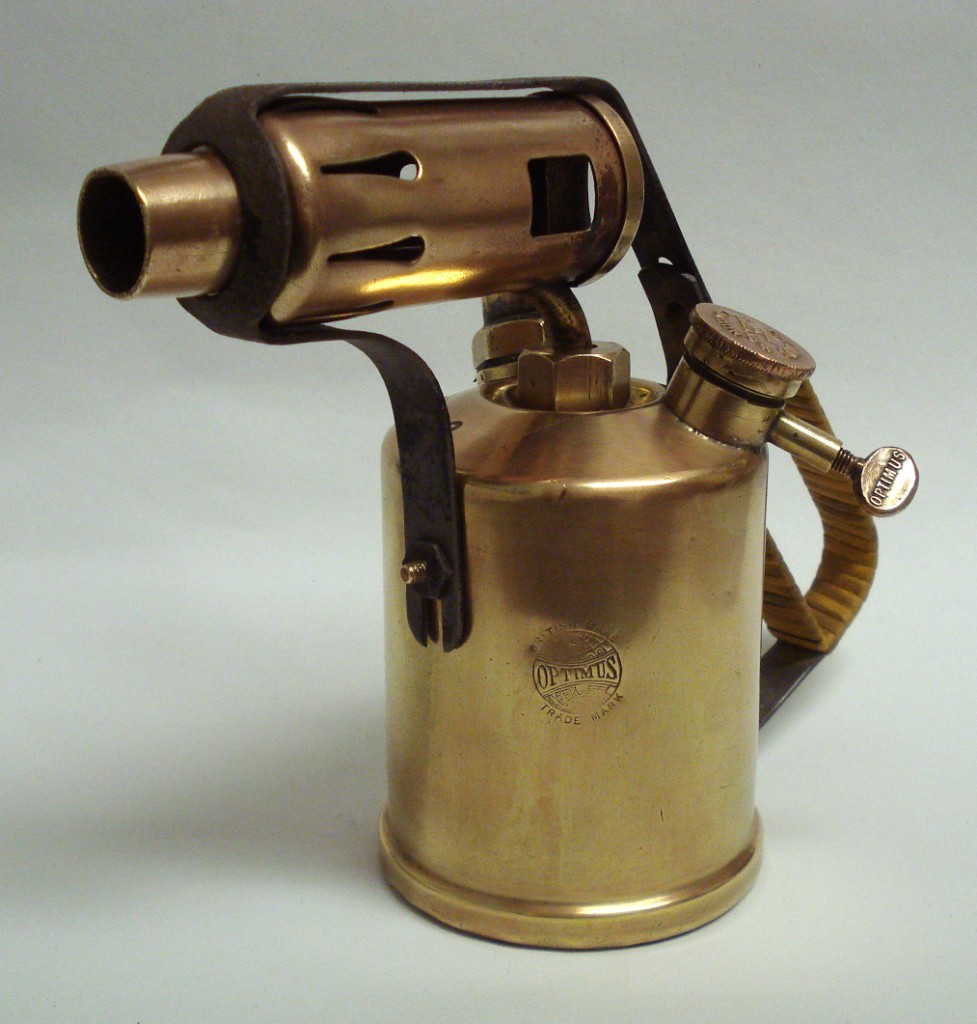
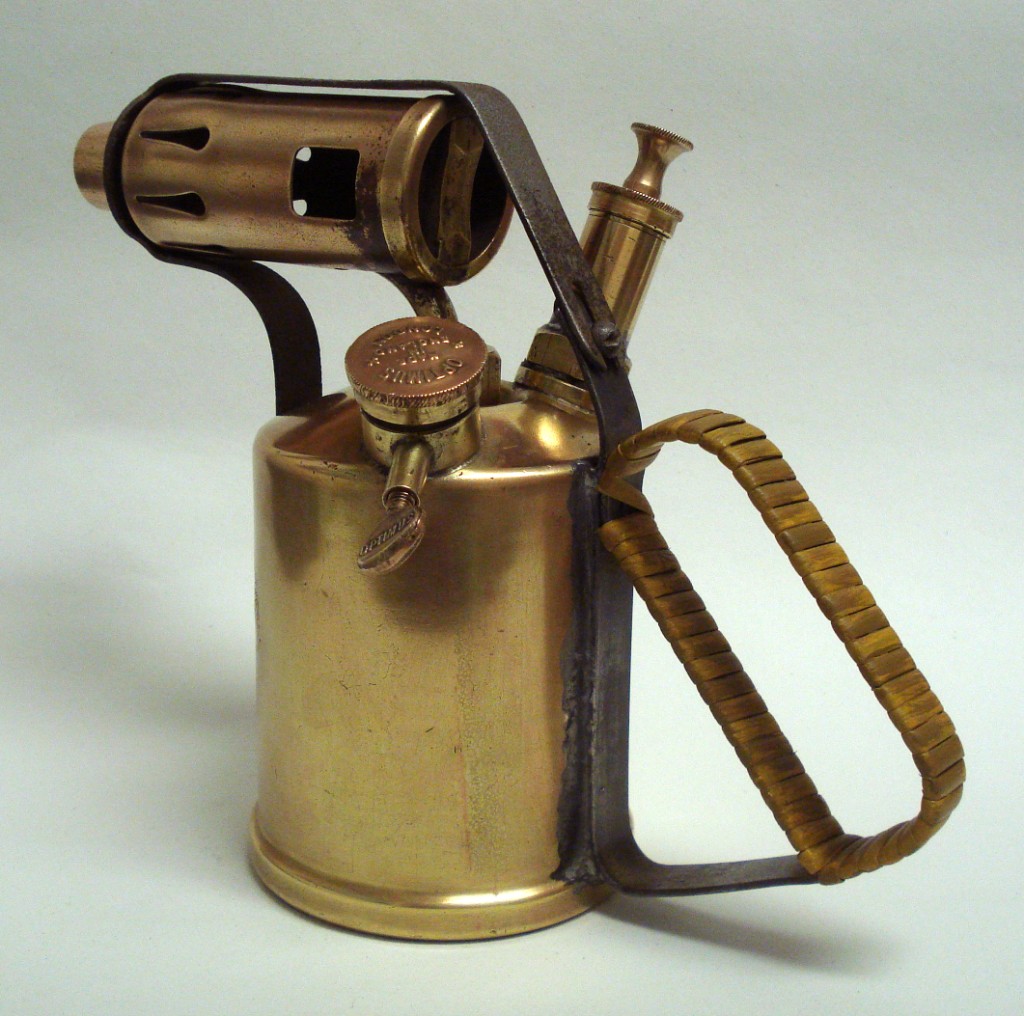
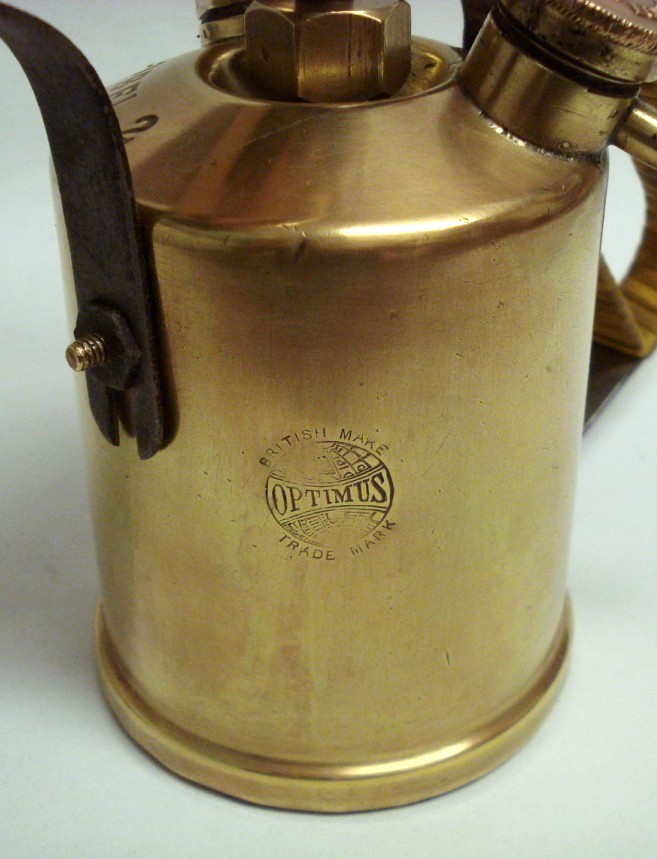
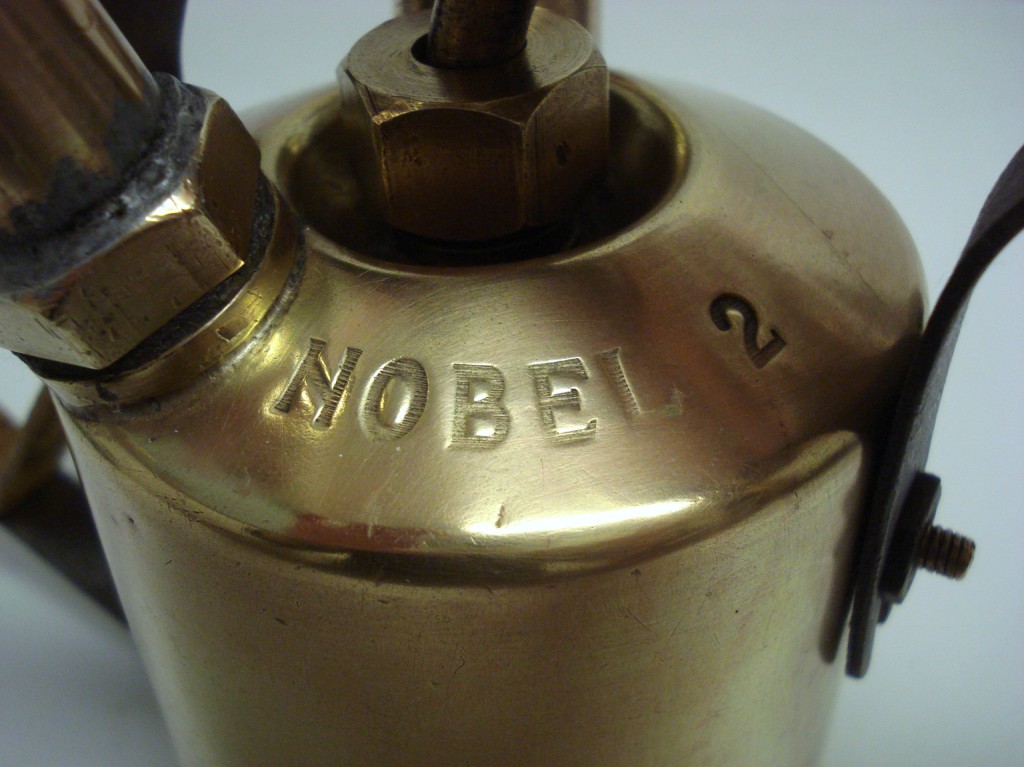

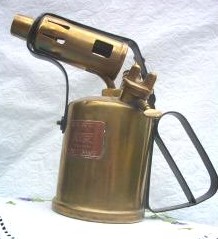
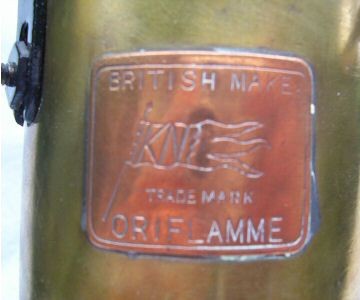
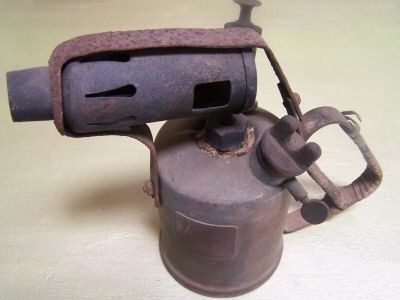

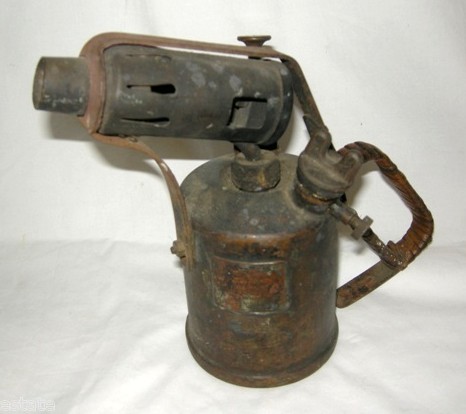

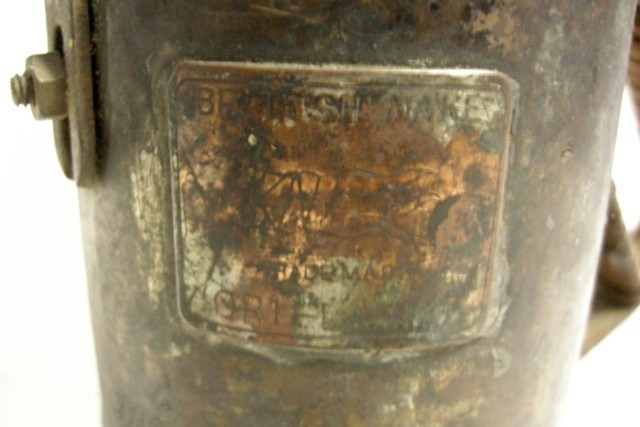
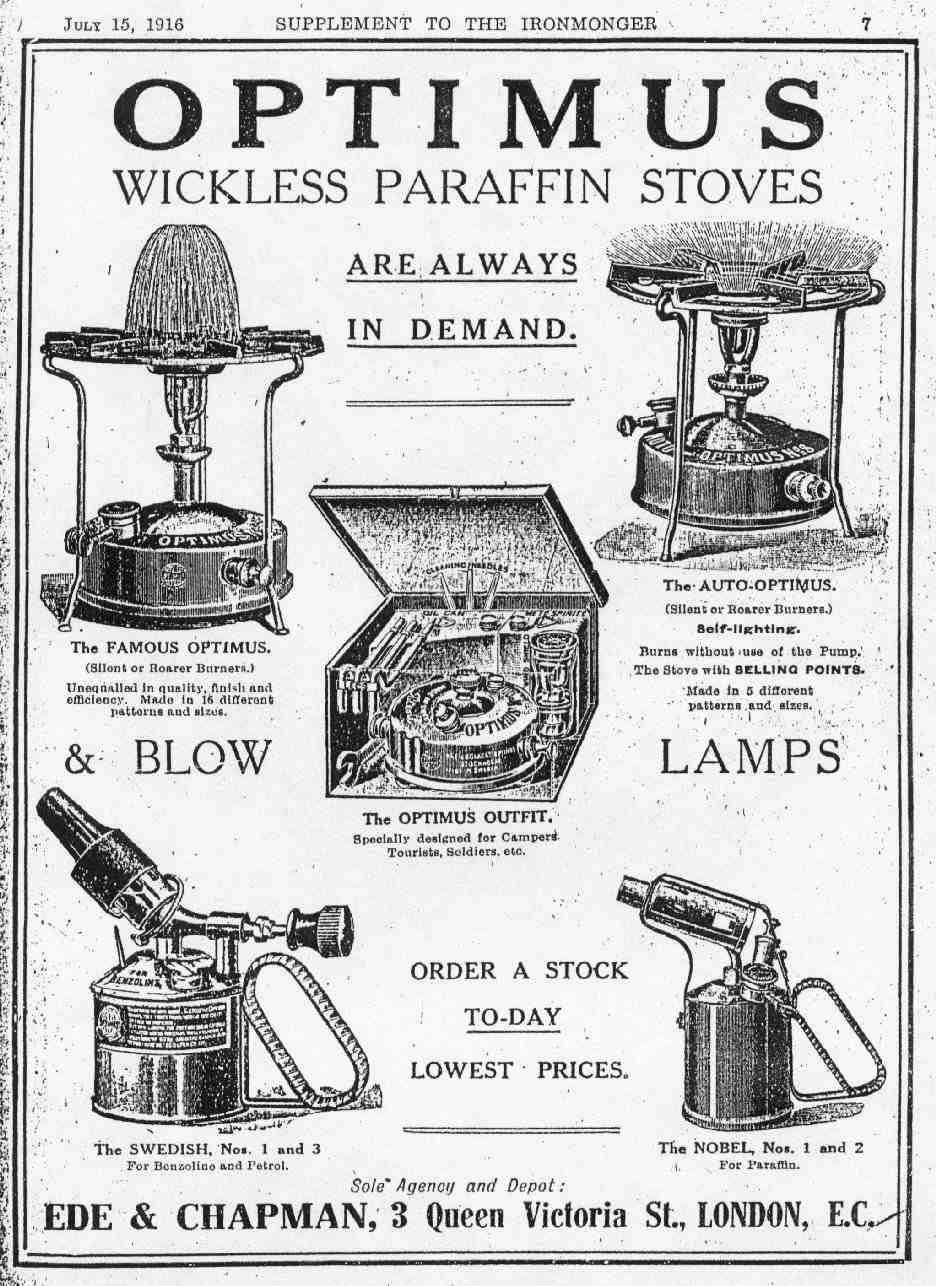
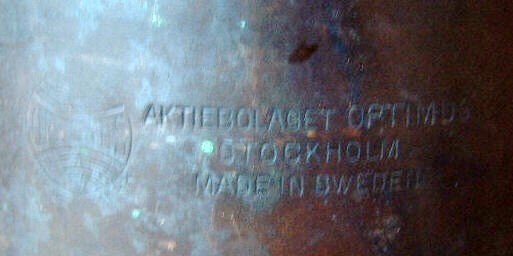
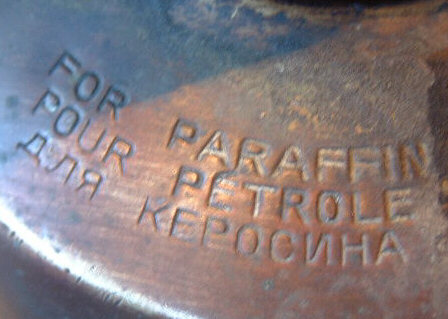
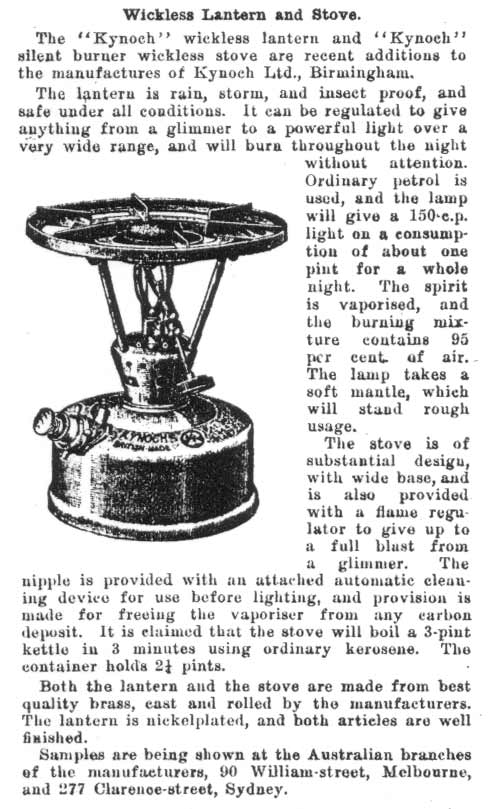
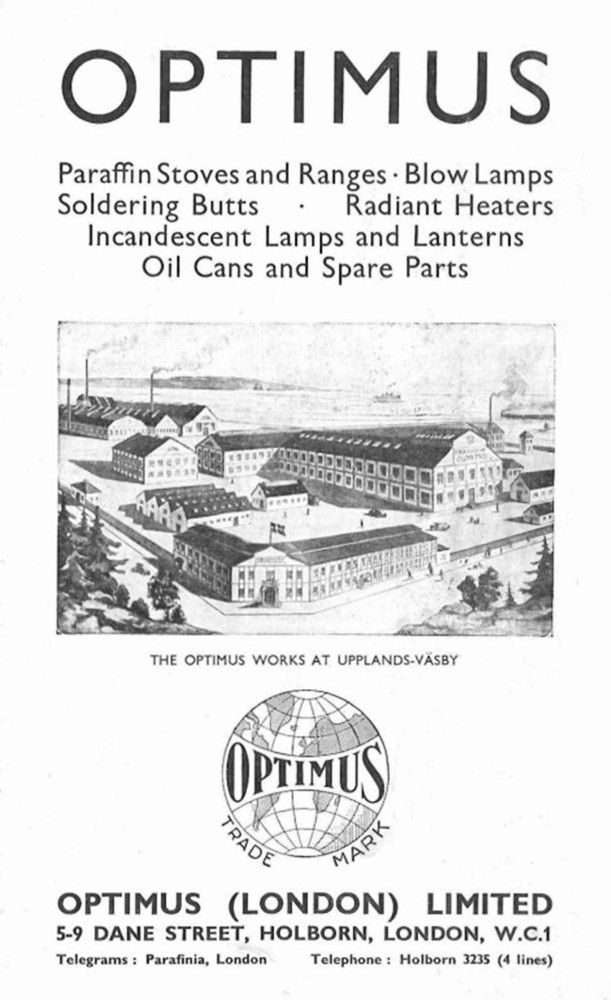
.jpg)
-3.jpg)
